Creole seasoning is typically mild to medium in heat—not as spicy as Cajun seasoning. It is not inherently spicy; traditional New Orleans-style Creole focuses on herbs like oregano and thyme rather than heat. Some commercial blends may include cayenne for a subtle kick, but most are designed to be flavorful without excessive spice. In this guide, we'll explain exactly how spicy (or not spicy) Creole seasoning is, compare it to Cajun, and help you choose the perfect blend for your cooking needs.
Table of Contents
- What Exactly Is Creole Seasoning?
- The Flavor Profile: Earthy, Savory, and Sometimes Spicy
- Creole vs. Cajun: What's the Real Difference?
- Is Creole Seasoning Spicy?
- Understanding Spice Levels in Commercial Creole Blends
- How to Use Creole Seasoning Like a Pro
- Buying Guide: Choosing the Right Creole Seasoning for You
- DIY: Make Your Own Custom Creole Seasoning
- Frequently Asked Questions About Creole Seasoning
- Conclusion
What Exactly Is Creole Seasoning?
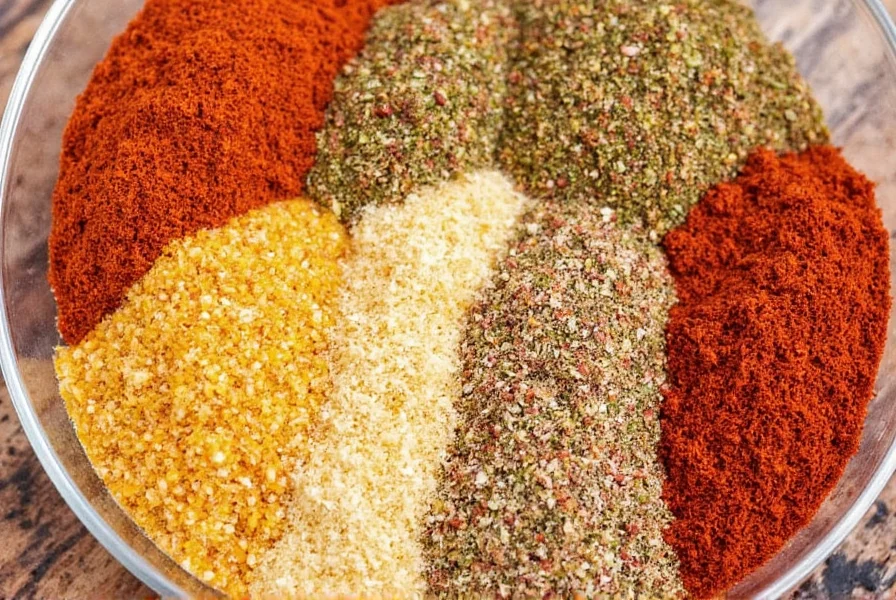
Creole seasoning is a versatile spice blend that originated in Louisiana, specifically in New Orleans. Unlike single-ingredient spices like paprika or cayenne, Creole seasoning is a mix of herbs and spices meant to deliver a rich, complex flavor profile. The exact ingredients can vary from brand to brand, but traditional blends usually include:
- Paprika
- Garlic powder
- Onion powder
- Black pepper
- Oregano
- Thyme
- Cayenne pepper (optional)
This blend is known for being aromatic and deeply savory, with earthy notes coming from the herbs and a mild heat when cayenne is included.
The Flavor Profile: Earthy, Savory, and Sometimes Spicy
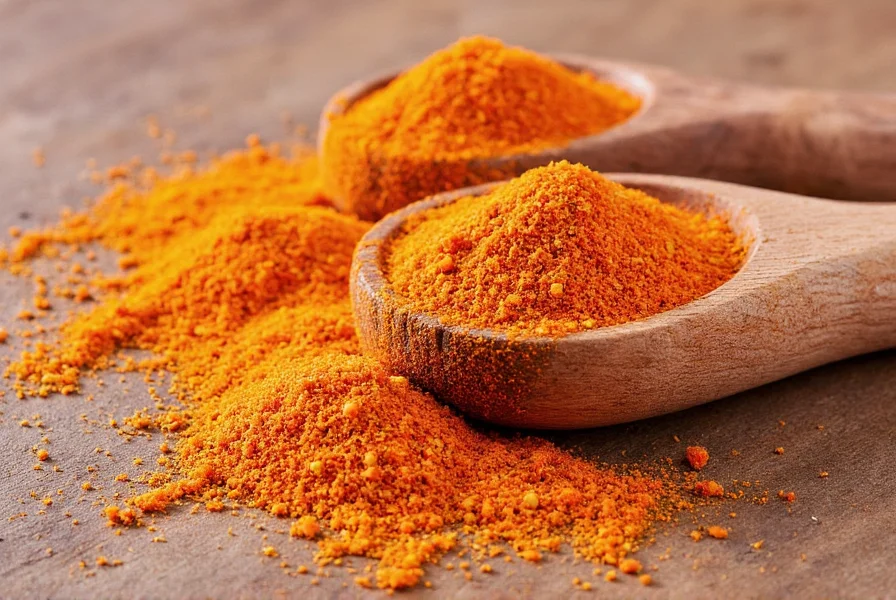
Creole seasoning walks a fine line between bold and balanced. Its flavor foundation is built on herbs like oregano and thyme, which lend an earthy, almost floral note. Then there's the allium trio—onion, garlic, and sometimes shallots—adding layers of savoriness.
The real question comes with the heat factor. Some recipes and commercial versions do contain cayenne pepper, adding a mild to moderate level of spiciness. However, it's generally not as hot as other spice blends like Sriracha or Tabasco-based mixes.
Creole vs. Cajun: What's the Real Difference?
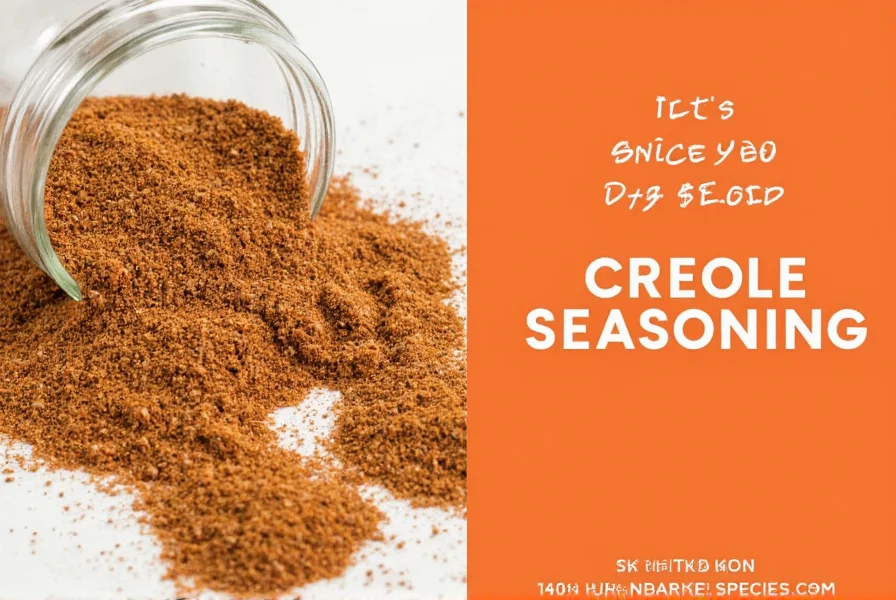
| Feature | Creole Seasoning | Cajun Seasoning |
|---|---|---|
| Origin | New Orleans | Rural Louisiana |
| Base Ingredients | Herbs, garlic, onion, paprika | Pepper-heavy (cayenne, black pepper), salt |
| Heat Level | Mild to medium | Medium to hot |
| Use Cases | Seafood, soups, stews, rice dishes | Gumbos, jambalaya, grilled meats |
| Flavor Notes | Earthy, herbal, smoky | Spicy, peppery, robust |
While both hail from Louisiana, Creole seasoning leans more into herbaceous flavors, whereas Cajun seasoning is known for packing more heat. Think of Creole as the flavorful city dweller and Cajun as the fiery backwoods chef.
Is Creole Seasoning Spicy?

Creole seasoning is generally mild to medium in heat—not as spicy as Cajun seasoning. Traditional New Orleans-style Creole seasoning focuses on herbs like oregano and thyme rather than heat, making it not inherently spicy. While some blends may include cayenne pepper for a subtle kick, most are designed for flavor without excessive spice. Commercial brands vary, but the majority fall in the mild to medium range.
Understanding Spice Levels in Commercial Creole Blends
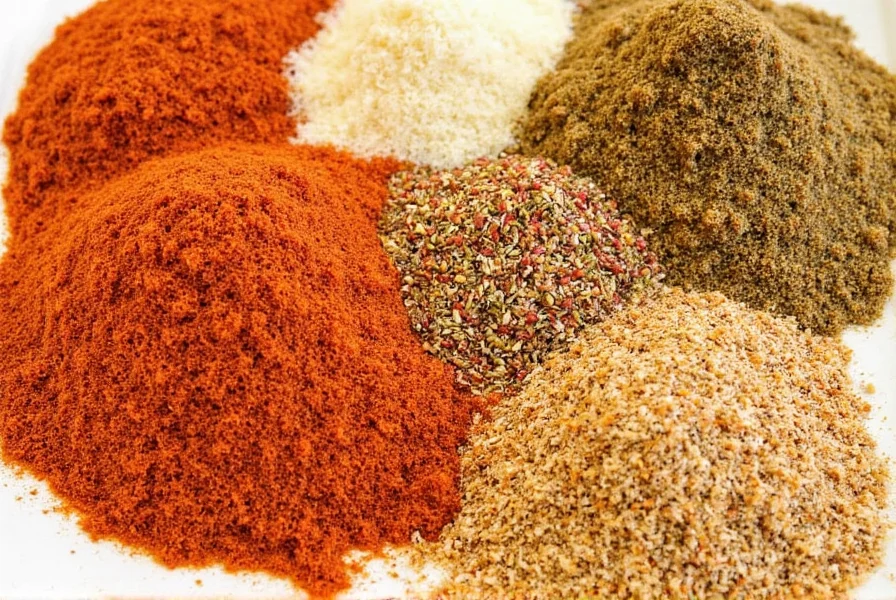
| Brand | Heat Level (1–5) | Notes |
|---|---|---|
| Old Bay | 2 | Mild with a slight peppery bite |
| McCormick | 2.5 | Balanced blend with gentle heat |
| Emeril's | 3 | Noticeable warmth, good for everyday cooking |
| Tabasco Green Label | 4 | Zesty with tang and moderate spice |
| Hot Creole Blend by Tony Chachere's | 4.5 | For those who want a serious kick |
How to Use Creole Seasoning Like a Pro
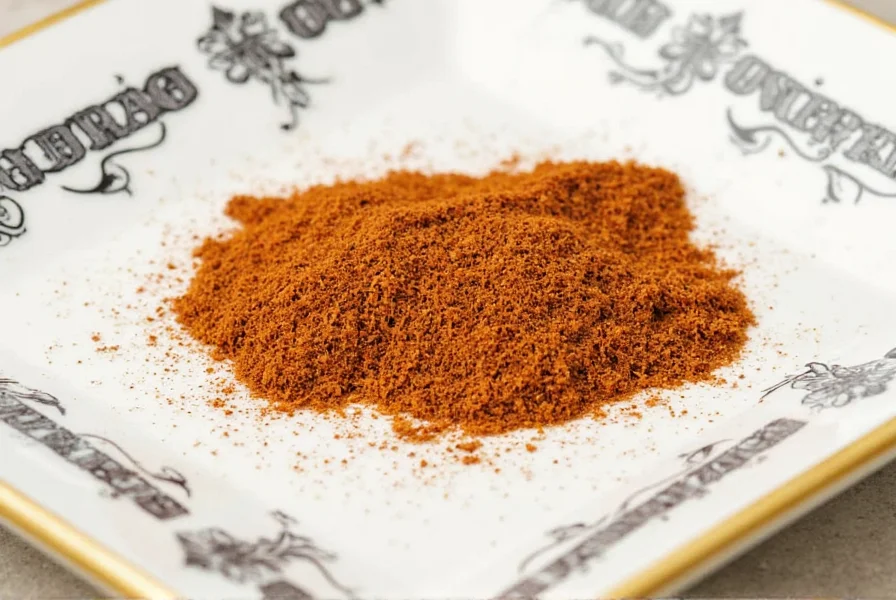
Now that you know the basics, let's talk about using Creole seasoning effectively:
- Seafood lovers unite: Sprinkle over shrimp, catfish, or crawfish before grilling or frying.
- Stews & soups: Add a tablespoon to your gumbo, étouffée, or jambalaya for depth of flavor.
- Egg dishes: Try mixing a pinch into scrambled eggs or deviled eggs for a Southern twist.
- Dry rub: Combine with oil and slather onto chicken or pork for a slow-cooked Creole-inspired feast.
- Veggie boost: Toss roasted vegetables like cauliflower or sweet potatoes with a bit of Creole seasoning.
Buying Guide: Choosing the Right Creole Seasoning for You
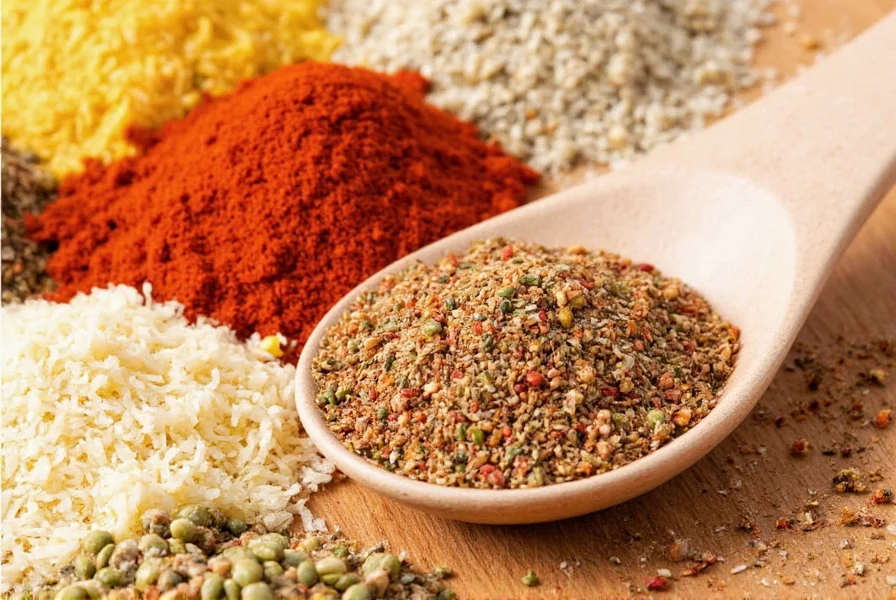
| Product Name | Features | Pros | Cons | Best For |
|---|---|---|---|---|
| Old Bay Creole Seasoning | Mild, classic flavor | Kid-friendly, easy on sensitive palates | Lacks heat for spice lovers | Beginners, seafood dishes |
| Emeril Lagasse Original Essence | Well-balanced with mild heat | Great all-around use | May need additional salt | Casual cooks, weeknight meals |
| Tony Chachere's Creole Seasoning | Classic with optional spicy version | Authentic New Orleans taste | Some blends too salty | Experienced home cooks, Southern cuisine lovers |
| McCormick Culinary Creole | Restaurant-grade quality | Consistent flavor, great bulk value | Harder to find in small stores | Professional kitchens, catering |
| Tabasco Green Label Creole Seasoning | Lightly zesty with citrusy finish | Fresh, tangy edge | Less common than others | Salads, seafood, sauces |
DIY: Make Your Own Custom Creole Seasoning
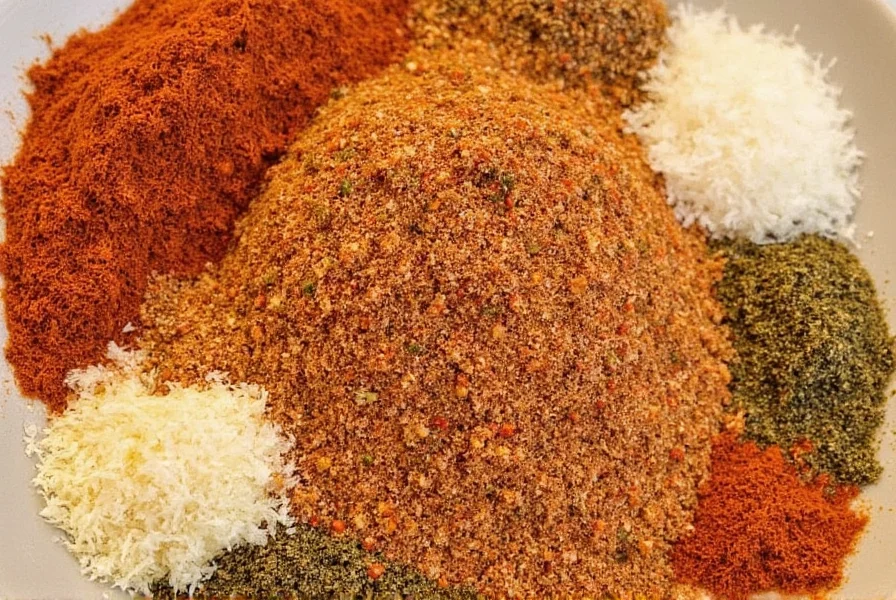
If you're feeling adventurous, try making your own! Here's a simple base recipe:
Basic Homemade Creole Seasoning
- 2 tbsp paprika
- 1 tbsp garlic powder
- 1 tbsp onion powder
- 1 tsp dried oregano
- 1 tsp dried thyme
- ½ tsp black pepper
- Optional: ½ tsp cayenne pepper (for a little heat)
Mix well and store in an airtight container. Shake it up each time before using. Customize by adjusting cayenne, adding lemon zest, or swapping out herbs.
Frequently Asked Questions About Creole Seasoning

Is Creole seasoning always spicy?
No, traditional Creole seasoning isn't necessarily spicy. While some blends contain cayenne pepper for heat, many authentic New Orleans-style Creole seasonings focus more on herbaceous flavors from oregano, thyme, and paprika. The heat level varies significantly by brand and recipe - some are completely mild while others have moderate heat.
How does Creole seasoning compare to Cajun in terms of heat?
Cajun seasoning is typically spicier than Creole seasoning. While both come from Louisiana, Cajun seasoning features more black pepper and cayenne as foundational ingredients, making it generally hotter. Creole seasoning emphasizes herbs and aromatics like oregano, thyme, garlic, and onion, resulting in a more balanced, less fiery profile.
Can I make Creole seasoning less spicy?
Absolutely! If you're using a pre-made blend that's too spicy, simply mix it with additional paprika, garlic powder, or onion powder to dilute the heat. When making your own, just reduce or eliminate the cayenne pepper. Many traditional Creole recipes don't include cayenne at all, focusing instead on the herbal components.
What dishes work best with spicy Creole seasoning?
Spicy Creole seasoning shines in dishes where its heat can complement rich flavors - gumbo, jambalaya, blackened fish, grilled shrimp, and roasted vegetables. The spice also works well in hearty bean dishes, soups, and as a dry rub for chicken or pork. For milder applications, use less seasoning or choose a mild blend for seafood, eggs, or delicate vegetables.
Does authentic New Orleans Creole seasoning contain cayenne?
Traditional New Orleans Creole seasoning often does NOT contain cayenne pepper. Authentic Creole cuisine focuses more on the "holy trinity" (onions, celery, bell peppers) and herbs rather than heat. Many historic Creole recipes use paprika for color rather than cayenne for heat. The spicier versions of Creole seasoning are more modern adaptations.
Can I use Creole seasoning if I don't like spicy food?
Yes! Many Creole seasoning blends are mild enough for those who avoid spice. Look for blends labeled "mild" or check the ingredients for absence of cayenne. Brands like Old Bay Creole are specifically designed to be gentle on the palate. You can also make your own blend without any heat elements while still capturing the distinctive Creole flavor profile.
Conclusion
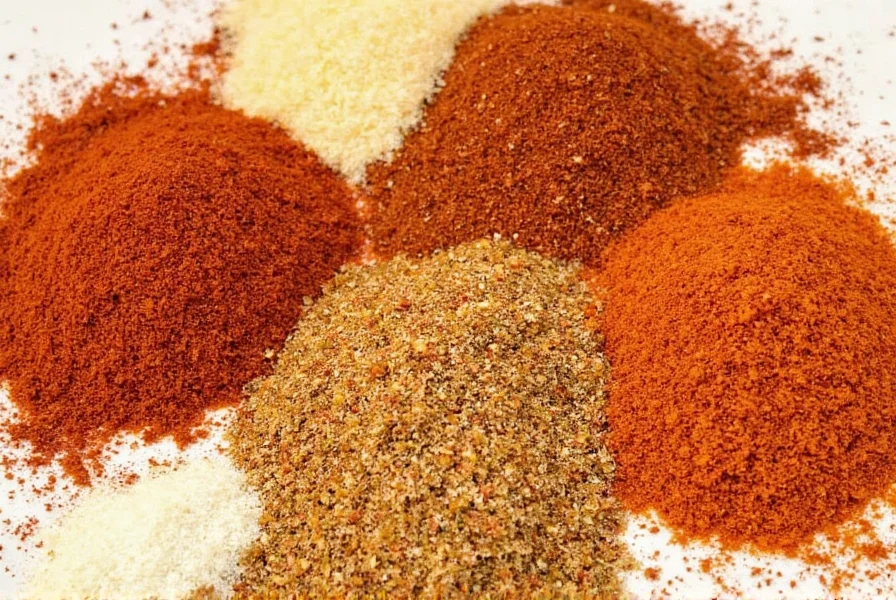
Creole seasoning is generally mild to medium in heat—not as spicy as Cajun seasoning. Traditional New Orleans-style Creole focuses on herbs like oregano and thyme rather than heat, making it not inherently spicy. While some commercial blends may include cayenne for a subtle kick, most are designed for flavor without excessive spice. Whether you're cooking up some jambalaya or jazzing up your morning eggs, Creole seasoning is a versatile ally in the kitchen. From mild to moderately spicy, there's a version out there that matches your palate. So go ahead—grab that jar, get creative, and make your next dish truly unforgettable!

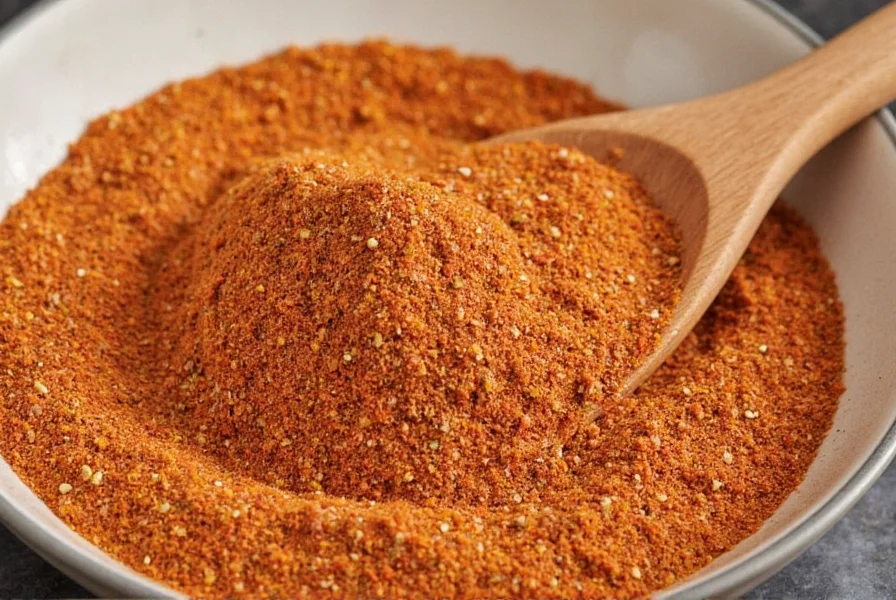









 浙公网安备
33010002000092号
浙公网安备
33010002000092号 浙B2-20120091-4
浙B2-20120091-4